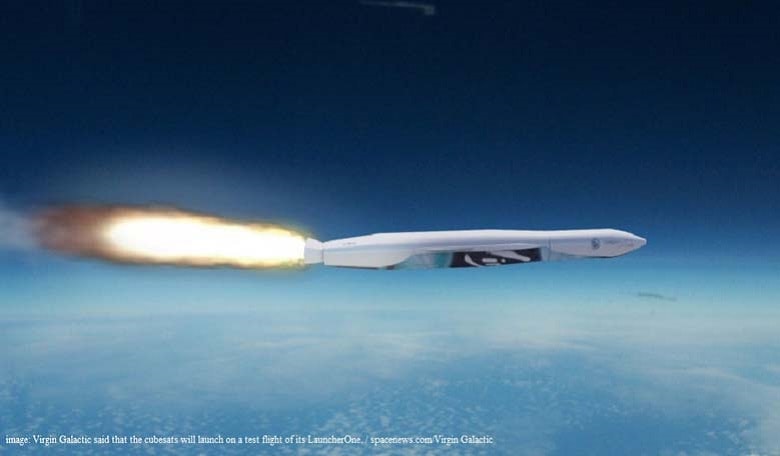NASA has awarded $17.1 million in contracts under its Venture Class Launch Services Programme to three launch companies to deliver groups of cubesats into orbit.
Currently, cubesats have to piggy-back as secondary payload on scheduled launches. The contracts, announced on October 14, will enable satellite developers to organize launches more freely, allowing them also to have more say into the orbit of the spacecraft when the cubesats are released.
“The cubesat and small satellite engineers and scientists are coming up with missions that justify flying unique orbits and at altitudes that are not available if we only fly as secondary payloads,” said Garrett Skrobot, lead for the Educational Launch of Nanosatellites (ELaNa) mission for NASA’s Launch Services Programme. “These are still experimental satellites, but the technology they are employing is mature enough to use in these new ways.”
The individual contracts are valued at $4.7 million for Virgin Galactic, $5.5 million for Firefly Space Systems, and $6.9 million for Rocket Lab USA. Virgin and Firefly’s contracts are discounted due to NASA’s status as an early customer, while Rocket Lab CEO Peter Beck said that its Electron vehicle will be “fully commercial” by the time of its NASA launch—Electron’s fifth overall—in late 2016 or early 2017, SpaceNews.com reported.
“Our price is relative to the level of risk the customer is willing to undertake,” said Steven Isakowitz, president of Virgin Galactic. “In the case of NASA, they wanted to fly on one of our early launches.”
All of the launches must take place by April 2018.











